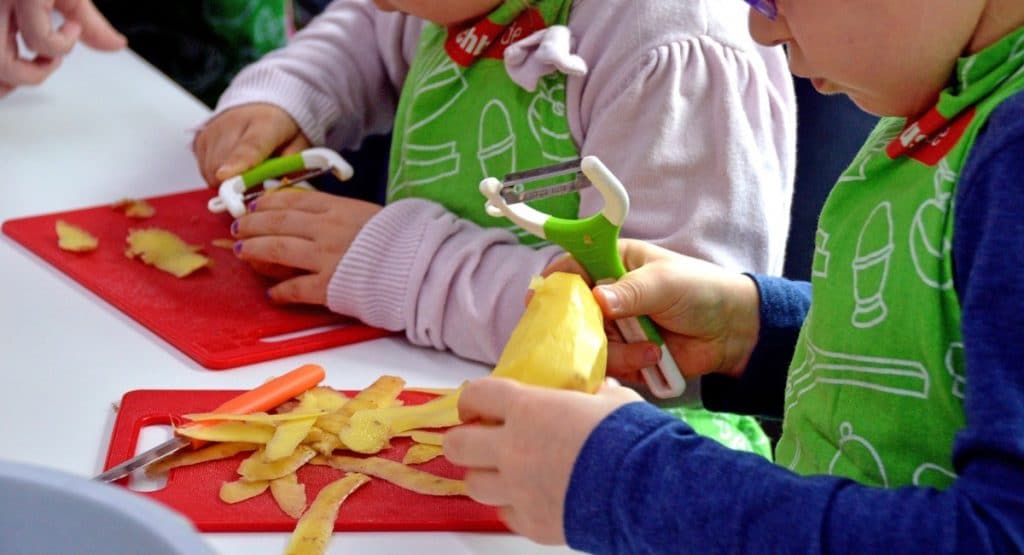Having a child who is a picky or fussy eater can be frustrating and stressful. Along with the logistical considerations, such as how time-consuming it is to make separate kids meals, you may also worry about your child’s health.
Most children will go through a phase of fussy eating. They could pick at their food and then push their plate away, they might request the same thing at every mealtime, or they might flat-out refuse to eat. Don’t despair. You are not alone!
Around 90 per cent of children will go through at least one lengthy stage of fussy eating. While mealtimes are a great opportunity to spend quality time with your kids, getting that meal from plate to tummy doesn’t always go as planned.
It’s normal for children to go through phases when it comes to their eating. However, when it seems like more than a phase, what can you do?

Introduce variety early on
If you give your child limited foods on a regular basis, it’s only going to make the picky eating problem more challenging.
Start giving your child a variety of foods now to help reduce some of their fussiness.
Some parents find that making it a bit of a game works well. For example, maybe you give them a special “appetiser” of vegetables before their meals or explain to them where the foods come from and why they’re so important.
Don’t show your frustration
If your child struggles with being a picky eater, of course, you can feel the stress as a parent. If you show your child that stress, it’s going to make them more upset. Then, they’ll associate negative feelings with eating. Try to keep your own stress level as low as you can, or at least don’t display it outwardly.
Create a reward system
Eating healthy foods and trying new things is important. While you don’t want to bribe your child, consider rewarding them when they’re willing to at least try things.
You can create a reward charge, for example. Then each time your child tries something new or eats something you’ve prepared, you can give them a sticker. When they collect enough stickers, they can swap them for a prize.

Get your child involved with cooking
Children, even when they’re fairly young, are often interested in cooking with mom and dad. Involve your child in both planning and preparation of meals. Choose age-appropriate tasks they can contribute to the process.
Similarly, you can teach your kids more about where food comes from, and then maybe you start a small garden or even just an indoor herb garden.
Make healthy junk food
There are ways to make certain “junk” foods healthier at home. For example, you can make your own chicken nuggets, or you might use pureed fruit to make popsicles. Get creative and give your child the foods they like but with a healthy twist.
Sneak in the healthy things
If your child is very reluctant to try new things, there are cookbooks dedicated to helping parents sneak in the healthy items. For example, pureed vegetables can go into pasta sauce, or you can make smoothies with hidden vegetables.
Make food look fun
Kids are highly visual, and what they see on their plate influences their opinion. Try to make bright-coloured foods and make them appetising as well.
It’s a struggle when your child doesn’t want to eat many foods, but with some creative thinking, you might be able to overcome at least some of the obstacles they create. The habits your kids learn now as far as eating are something they’ll take with them for a lifetime.
Related Stories
Healthy and Delicious Cauliflower Hash Browns
The new healthy kids program that’s Raising Keen Kids






